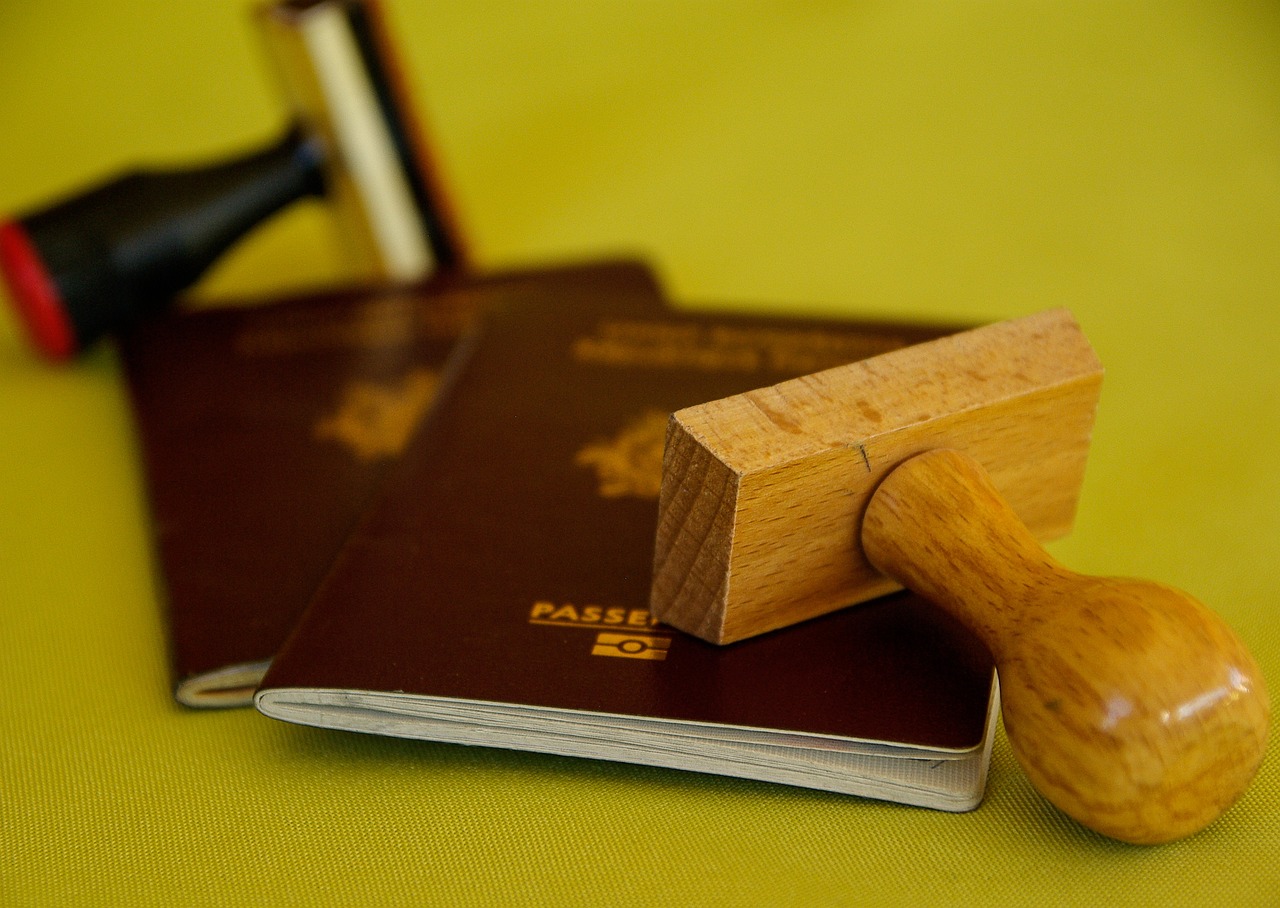„`html

What to Do If Your Egypt e-Visa Application is Denied
Receiving a denial for your Egypt e-Visa application can be a frustrating and confusing experience. However, it’s important to stay calm and understand the steps you can take to resolve the situation. Knowing what to do next can help you successfully obtain your visa and enjoy your trip to Egypt.
This guide will walk you through the common reasons for e-Visa denials, immediate actions to take, and steps to resubmit your application. We will also cover alternative visa options and tips on preventing future denials. By following these guidelines, you can increase your chances of a successful application and avoid potential pitfalls.
| Important Information | Description |
|---|---|
| URL | A digital address that can be accessed via the internet |
| Status code | A numerical value indicating the outcome of an HTTP request (in this case, 403) |
| Egypt eVisa | Official document permitting entry into and travel within Egypt |
| Passport | Travel document required for Egypt visa application |
| Embassy | Official government office responsible for issuing visas |

Understanding the Reasons for Egypt e-Visa Denial
Common Mistakes Leading to Rejection
One of the most common reasons for an e-Visa denial is errors in the application form. These can include incorrect personal details, such as misspelled names or wrong birth dates, which can easily lead to rejection. Additionally, passport details are often a source of mistakes, from incorrect numbers to expiration dates. Inadequate travel documents or poor-quality copies can also cause issues. Lastly, failing to meet the basic requirements, such as citizenship eligibility, can result in denial.
Importance of Accurate Personal and Passport Details
Accuracy in your personal and passport details is crucial when applying for an Egypt e-Visa. Any discrepancies between your application and your passport can lead to a denial. This includes ensuring your full name matches exactly, your passport number is entered correctly, and the issue and expiry dates are accurate. Double-checking these details can save you from unnecessary rejection.
Document Requirements and Compliance
Compliance with document requirements is another critical factor. This includes providing recent and compliant photographs, valid and correctly completed forms, and accurate and verifiable information. Missing or incorrect documents can easily lead to a denial. Make sure all your documents are in order before submitting your application.
Security Concerns and Inadmissibility
Security concerns and inadmissibility issues can also result in a denied e-Visa application. This can include a questionable travel history or security problems that raise red flags during the application process. Ensuring that your travel intentions are clear and justified can help mitigate these concerns. Be honest and transparent in your application to avoid security-related denials.

Immediate Steps to Take After Denial
Review the Rejection Email Carefully
The first step after receiving a denial is to carefully review the rejection email. This email will typically outline the specific reasons for the denial, which can provide valuable insights into what went wrong. Understanding these reasons is crucial for addressing the issues and planning your next steps.
Contact the Customer Service Department
If the rejection email does not provide sufficient information or if you have additional questions, contacting the customer service department can be helpful. They can offer clarification on the reasons for the denial and provide guidance on how to correct any issues. Don’t hesitate to reach out for support.
Correct Any Errors on the Application Form
Once you understand the reasons for the denial, the next step is to correct any errors on the application form. This may involve updating personal or passport details, ensuring all information is accurate and verifiable, and making sure all required fields are completed correctly. Accuracy is key to a successful application.
Check and Gather All Required Documents
Before resubmitting your application, take the time to review and gather all required documents. Ensure that your passport is valid for at least six months from your date of entry into Egypt, your photographs are recent and compliant, and all forms are correctly completed. Having all documents in order can prevent future denials.

Resubmitting Your Egypt e-Visa Application
Submit a New Application with Corrected Details
After correcting any errors and gathering all required documents, you can submit a new application. Make sure to double-check all details before submitting. This includes personal information, passport details, and any other required fields. Submitting a new application with accurate details improves your chances of approval.
Ensure Compliance with All Requirements
Compliance with all e-Visa requirements is essential for a successful application. This means ensuring your passport meets the validity requirements, your photographs are compliant, and all forms are accurately completed. Meeting all requirements can help avoid another denial.
Consider Using an Immigration Professional
If you find the application process challenging or if you have been denied multiple times, consider consulting an immigration professional. They can provide expert guidance and help you navigate the application process more effectively. Professional assistance can increase your chances of success.
Submit the Application Early
Submitting your application early can also be beneficial. This allows ample time to address any issues that may arise and ensures you are not rushing through the process. Early submission can help avoid last-minute complications.

Alternative Visa Options
Applying for a Traditional Visa at the Embassy or Consulate
If your e-Visa application is repeatedly denied, you may consider applying for a traditional visa at the nearest embassy or consulate. This process involves a personal visit and possibly an interview, but it can be an effective alternative. A traditional visa application may provide more clarity and support.
Getting a Visa on Arrival in Egypt
Another option is to get a visa on arrival in Egypt. This is available to citizens of certain countries and involves obtaining your visa at the port of entry. However, this option can be risky, as there is always a chance of denial upon arrival. Consider this option carefully and be prepared for potential complications.
Pros and Cons of Each Visa Option
Both traditional visas and visas on arrival have their pros and cons. Traditional visas can provide more certainty and support but require a personal visit and possibly an interview. Visas on arrival are more convenient but carry the risk of denial at the port of entry. Weighing the pros and cons can help you make an informed decision.

Preventing Future Denials
Double-Check All Personal and Passport Details
To prevent future denials, always double-check all personal and passport details before submitting your application. Ensure that all information matches your passport exactly and that there are no errors. Attention to detail can help avoid unnecessary rejections.
Ensure All Supporting Documents are Accurate and Clear
All supporting documents must be accurate and clear. This includes providing a high-quality copy of your passport, compliant photographs, and correctly completed forms. Accurate and clear documents are essential for a successful application.
Meet All Eligibility and Security Requirements
Meeting all eligibility and security requirements is crucial. This includes ensuring your passport meets the validity requirements, your travel intentions are clear and justified, and there are no security concerns or questionable travel history. Compliance with all requirements can help prevent future denials.
Stay Informed About Application Guidelines and Updates
Finally, stay informed about application guidelines and updates. Visa requirements and guidelines can change, so it’s important to stay up-to-date with the latest information. This can help you avoid potential issues and ensure your application meets all current requirements. Staying informed can help you navigate the application process more effectively.
„`
Originally posted 2024-08-06 21:43:50.
